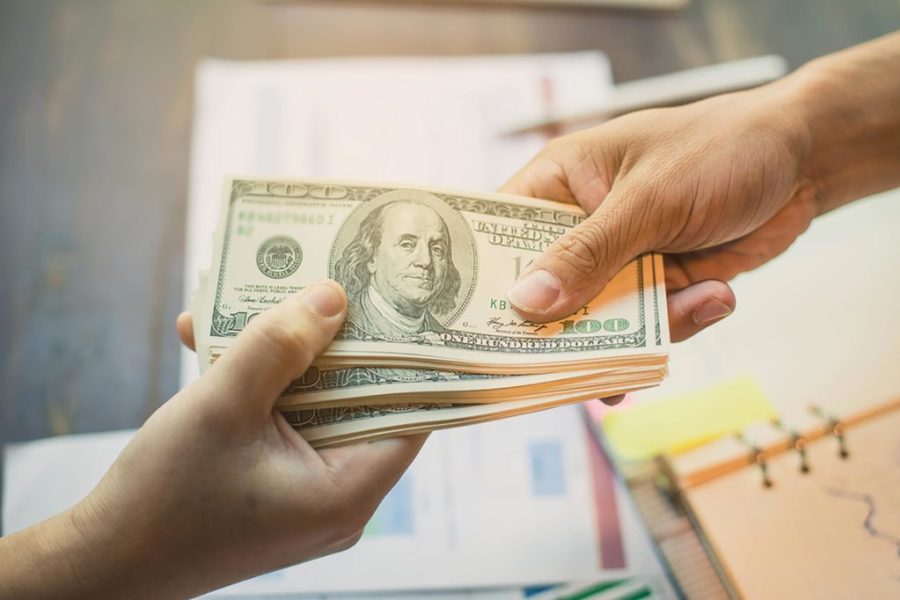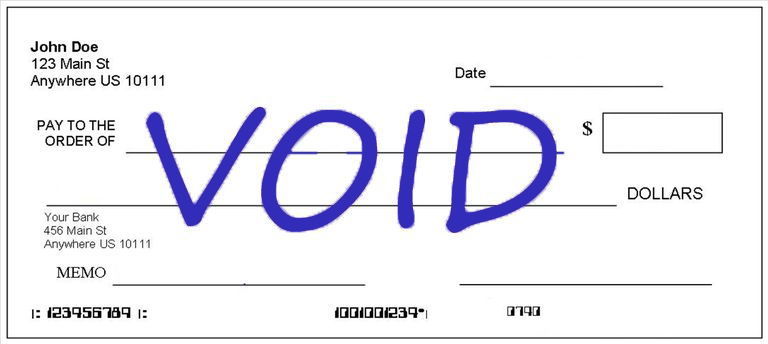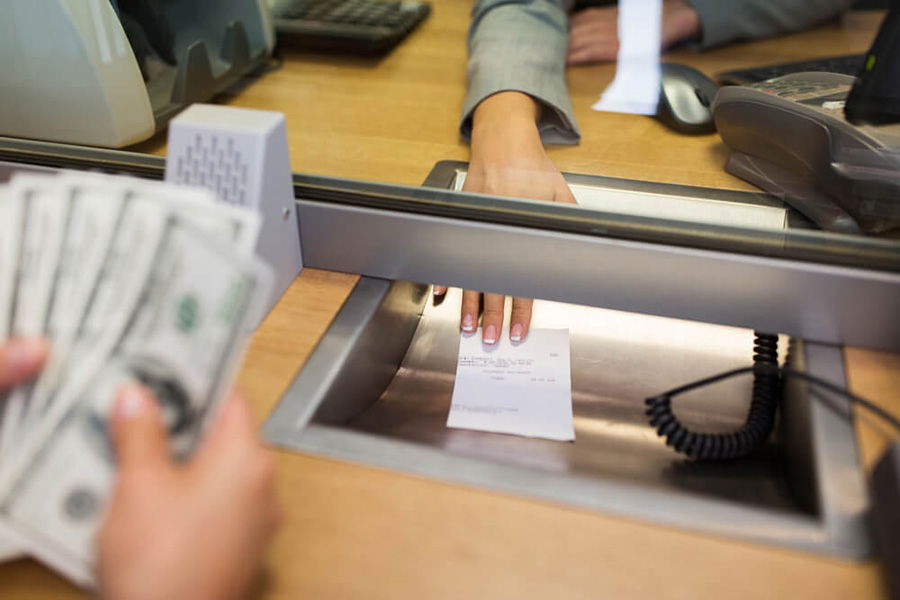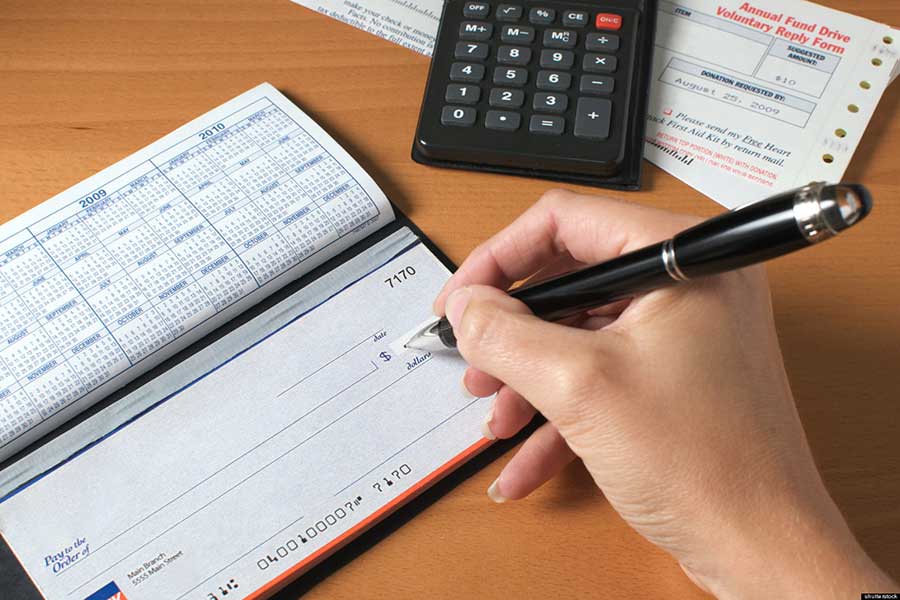Did you know that about 5.6 million U.S. households don’t have a bank account? That’s nearly 4.5% of the population who rely on alternative ways to manage their money. For those without traditional banking, cashing a check can feel like a hurdle, but it doesn’t have to be.
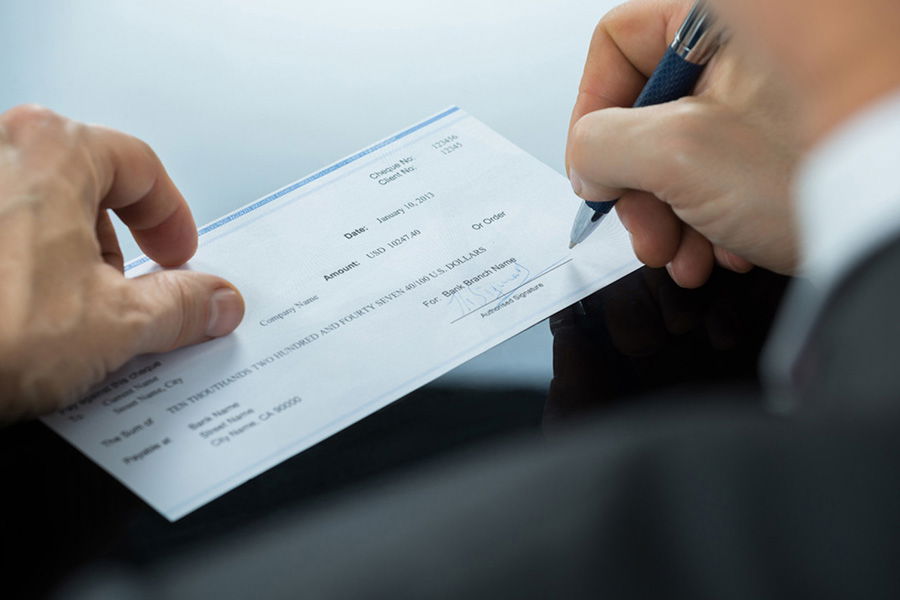
Whether you’re dealing with a paycheck, a government-issued check, or a money order, there are plenty of convenient and secure ways to access your funds. With a little preparation, you can find the method that works best for your situation and avoid unnecessary fees or delays.
Common Types of Checks You Might Encounter
Let’s take a brief look at the different types of checks before we move onto how and where to cash a check without a bank account:
- Personal checks: Personal checks are written by individuals for the purpose of paying bills, making purchases, or withdrawing cash from a bank account.
- Cashier’s checks: A cashier’s check is a more secure option than a personal check. These are issued by financial institutions like banks and credit unions. They are guaranteed by the issuing institution, adding an extra layer of security for the holder.
- Money orders: A money order is a common alternative to a personal check. They can be purchased at many places, such as post offices, grocery stores, and check-cashing outlets. These are considered a safer option than personal checks.
- Government checks: Issued by federal, state, or local government agencies, these checks include tax refunds, Social Security benefits, and unemployment benefits. These checks are known for their security, and are widely accepted by check-cashing establishments.
What You’ll Need to Cash a Check
Before cashing a check, being prepared can save time and frustration. Here’s what you’ll typically need and some alternatives to consider if you’re missing standard documentation.
Types of Identification
Most check-cashing services require a valid form of ID. Commonly accepted IDs include:
- Government-issued photo IDs: Driver’s license, passport, or state ID.
- Secondary IDs: Utility bills, Social Security cards, or work ID badges may sometimes work, especially at smaller businesses or local check-cashing stores.
- Alternative options: Some places, like Walmart, might accept student IDs or other photo identification in combination with secondary proof, such as a utility bill or pay stub.
If you don’t have traditional ID, try applying for a state ID or checking with local retailers that may accept less conventional forms of identification.
Endorsing the Check
Endorsements ensure that the check is processed correctly. Here are common methods:
- Standard Endorsement: Sign your name on the back of the check.
- Restrictive Endorsement: Write “For Deposit Only” followed by the account or card number if you’re depositing it onto a prepaid card or into an online account.
- Special Endorsement: Sign the check over to someone else by writing “Pay to the order of [person’s name]” above your signature.
Always double-check with the check-cashing service for specific endorsement requirements. Some institutions may require additional signatures or information.
What to Do If You Lack an ID
Not having an ID can make cashing a check more challenging, but there are still options:
- Use mobile check-cashing apps like PayPal or Venmo, which may not require traditional ID if you already have an account.
- Visit a bank where the check was issued; some banks will cash checks for non-customers if the check is from their institution.
- Ask a trusted friend or family member with proper ID to cash the check for you by signing it over to them.
See also: How to Cash a Check without ID
Fees and Charges
Fees for cashing checks vary depending on the service you use. Expect:
- Retailers like Walmart to charge flat fees (e.g., $4 for checks up to $1,000).
- Check-cashing stores to charge a percentage of the check’s value, often between 1% and 5%.
Avoid surprises by checking fees in advance and comparing your options.
Where to Cash a Check Without a Bank Account
If you don’t have a bank account, here are 9 ways you can cash a check:
1. Issuing Bank
For those whose check was issued by a bank, cashing it at the issuing bank can be an effortless choice. Nevertheless, not all individuals might have an account with the bank, making this option unfeasible.
2. Retail Stores
Grocery stores and some other retail outlets provide check-cashing facilities. Some of the more well-known options include Walmart, Kroger, Kmart, Publix, and Safeway.
Gas stations like 7-Eleven, Circle K, Pilot Flying J, and TravelCenters of America also cash checks.
Although, this might be a more accessible option for some, the fees could be steeper than other alternatives.
3. Check Cashing Stores
These establishments cater to check cashing and accept a wide range of check types. However, the fees can be significantly more substantial compared to other options.
Popular check cashing stores include ACE Cash Express, The Check Cashing Store, Check Into Cash, Check ‘N Go, and Checks Cashed.
4. Payday Lenders
These institutions offer short-term loans and often include check-cashing services. Be aware of the high interest rates and fees that come with payday lending, as it can be a costly option.
5. Pawn Shops
Pawn shops are known for check-cashing services and also offer loans in exchange for collateral. This might be a feasible option, but it’s essential to thoroughly understand the terms and conditions of the loan agreement.
6. PayPal
For individuals who have a PayPal account, cashing a check can be done quickly and seamlessly through the PayPal app. However, fees for this service may apply.
7. Prepaid Debit Cards
Loading a check onto a prepaid debit card is another alternative for cashing a check. This can be accomplished through several providers and provides almost instantaneous access to funds. But, it’s important to weigh the fees and charges associated with prepaid debit cards before making this choice. Here are the best prepaid cards of 2025.
8. Sign it Over
If you trust someone, you can sign the check over to them, and they can cash it for you. This choice should only be made if you have complete trust in the person and are confident they will handle the transaction with responsibility.
9. Open a Bank Account in Just a Few Minutes
Did you know you can open an online checking account in just a few minutes?
Many digital banks offer free checking accounts with no monthly fees. And best of all, many of these banks don’t use ChexSystems, or they offer second chance checking accounts. Some traditional banks like Chase even cater to those with a negative banking history.
Here are a few options to consider:
U.S. Bank
- Up to $400 sign-up bonus
- $25 minimum opening deposit
- Monthly service fee can be waived
- Over 40,000 fee-free ATMs
SoFi
- Up to $300 sign-up bonus with direct deposit
- No minimum opening deposit
- Earn up to 3.80% APY
- Over 55,000 fee-free ATMs
- Early pay with direct deposit
Current
- Build credit and earn points with every swipe
- No minimum opening deposit or maintenance fees
- Get paid up to 2 days faster
- No credit check or ChexSystems
Tips for Safely Cashing a Check Without a Bank Account
Cashing a check comes with some risks, but following these security tips can help you protect your money and personal information.
Verify the Check’s Authenticity
Fraudulent checks are more common than you might think, so it’s important to verify the check before attempting to cash it.
- Call the issuing bank: Use the bank’s customer service number (found online, not from the check itself) to confirm the check is valid and the funds are available.
- Check for signs of tampering: Look for inconsistencies like mismatched fonts, missing security features (like watermarks), or anything that feels off, such as smudged ink.
- Watch out for overpayment scams: If someone gives you a check for more than expected and asks for the excess money back, it’s likely a scam.
Use Trusted Locations and Apps
When deciding where to cash your check, prioritize security by sticking to established businesses or apps.
- Official apps: Use services like PayPal, Venmo, or your prepaid debit card app to deposit checks digitally. These services are safer than handing your check to a third party.
- ATMs at reputable locations: Some ATMs accept checks for cash withdrawal or deposit. Choose ATMs in well-lit, high-traffic areas, such as those near major retailers or banks.
- Avoid unknown businesses: Stick with recognized check-cashing locations like Walmart or established check-cashing stores.
Protect Your Personal Information
Your check contains sensitive details like your name, address, and possibly your account number. Safeguard this information by:
- Keeping the check secure: Avoid showing it to unnecessary parties or leaving it unattended.
- Shredding copies: Once your check is cashed, shred any photocopies or related paperwork.
- Avoiding oversharing: Never provide additional personal details, such as your Social Security number, unless absolutely required by a trusted service.
Warning Signs of Scams
Recognizing red flags can save you from losing your money. Be cautious if:
- The check is for an amount you weren’t expecting.
- The check is from someone you don’t know personally or a company you haven’t dealt with before.
- A payday lender asks for upfront fees or pressures you into cashing a check quickly.
- Someone asks for personal information, like your Social Security number, without explaining why it’s necessary.
Keep Records of Transactions
Documenting every check-cashing transaction can help protect you if disputes arise.
- Save receipts: Most check-cashing services provide a receipt—keep it until you confirm the funds are secure.
- Note transaction details: Record the date, location, and amount for future reference.
- Use secure storage: Store your records in a safe place where they can be accessed if needed.
By taking these precautions, you can avoid unnecessary risks and ensure that your funds are safely in hand. Always prioritize trusted methods and verify every step of the process.
Bottom Line
Cashing a check without a bank account doesn’t have to be complicated. With a little preparation and some research, you can find an option that works best for your situation. Retailers, prepaid debit cards, mobile apps, and trusted individuals all offer ways to access your money quickly, each with its own pros and cons.
Take time to compare fees, convenience, and security for each method so you can make an informed decision. By planning ahead and staying cautious, you can avoid unnecessary hassles, protect your funds, and ensure a smooth transaction every time.



